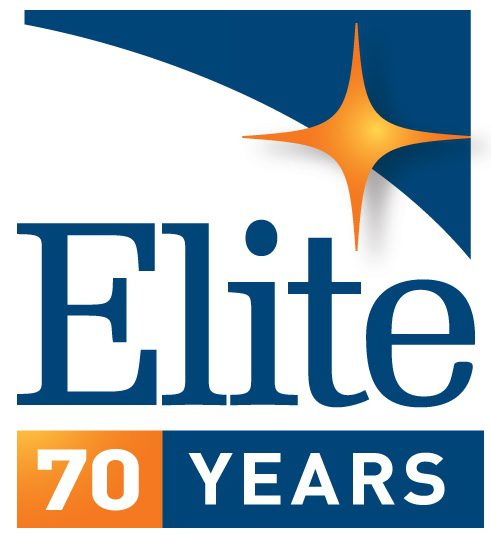September 29, 2020
New EMC Standard for Electric and Hybrid Vehicles
By Craig Fanning, EMC Lab Manager
As the United States Lead Technical Advisor and Vice-Chair for CISPR/D (the committee responsible for the development of international automotive emissions standards), I am happy to announce that the new CISPR 36 standard has been published as of July 2020.
CISPR 36:2020, entitled “Electric and hybrid electric road vehicles – Radio disturbance characteristics – Limits and methods of measurement for the protection of off-board receivers below 30 MHz,” was developed through the efforts of CISPR/D/WG1 (the same working group responsible for CISPR 12).
The standard covers radiated emissions measurements from electric vehicles (EVs) and hybrid-electric vehicles (HEVs) in the frequency range of 150 kHz to 30 MHz. The test measures the magnetic field emissions being produced by the vehicle (on all 4 sides) at a test distance of 3 meters. Although the vehicle’s emissions are measured at a test distance of 3 meters, the limits were derived for the protection of off-board receivers at a 10-meter separation distance

CISPR 36 was developed based upon the need for a vehicle emissions standard covering the frequency range of 150 kHz to 30 MHz. Vehicles utilizing electric propulsion tend to produce emissions in the lower frequency bands not covered by CISPR 12 (a standard also for protection of off-board receivers at a 10 meter separation distance but in the frequency range of 30 MHz to 1000 MHz). The new international standard was also developed because SAE J551/5 (a recommended practice developed for industrial robotics) was being used for EV and HEV regulatory purposes in China GB/T 18387.
The development and publishing of the standard was not easy. The team worked on this project for several years and through several iterations of proposed limits and measurement detectors. Using the methods described in CISPR 16-4-4, the team made some small adjustments to the proposed limits and increased confidence that the limits would fulfil CISPR’s scope to protect the radio spectrum. In addition, the team agreed to change the measurement detector from Peak to Quasi-Peak which also required a change in the limit curve. These changes allowed the document to pass the voting processes and get to the publication stage.
Going forward, vehicle OEMs should avoid further use of SAE J551/5 as it will be withdrawn and SAE J551/1 will instruct users to reference CISPR 36.
Congratulations to all the CISPR/D experts who worked on this new international standard in order to get it to publication. The hard work by many will ensure the protection of the radio spectrum as EVs and HEVs continue to evolve and emerge in the automotive market worldwide.
Learn more about Elite’s Automotive EMC Testing capabilities and our expert engineers.
Labels:
